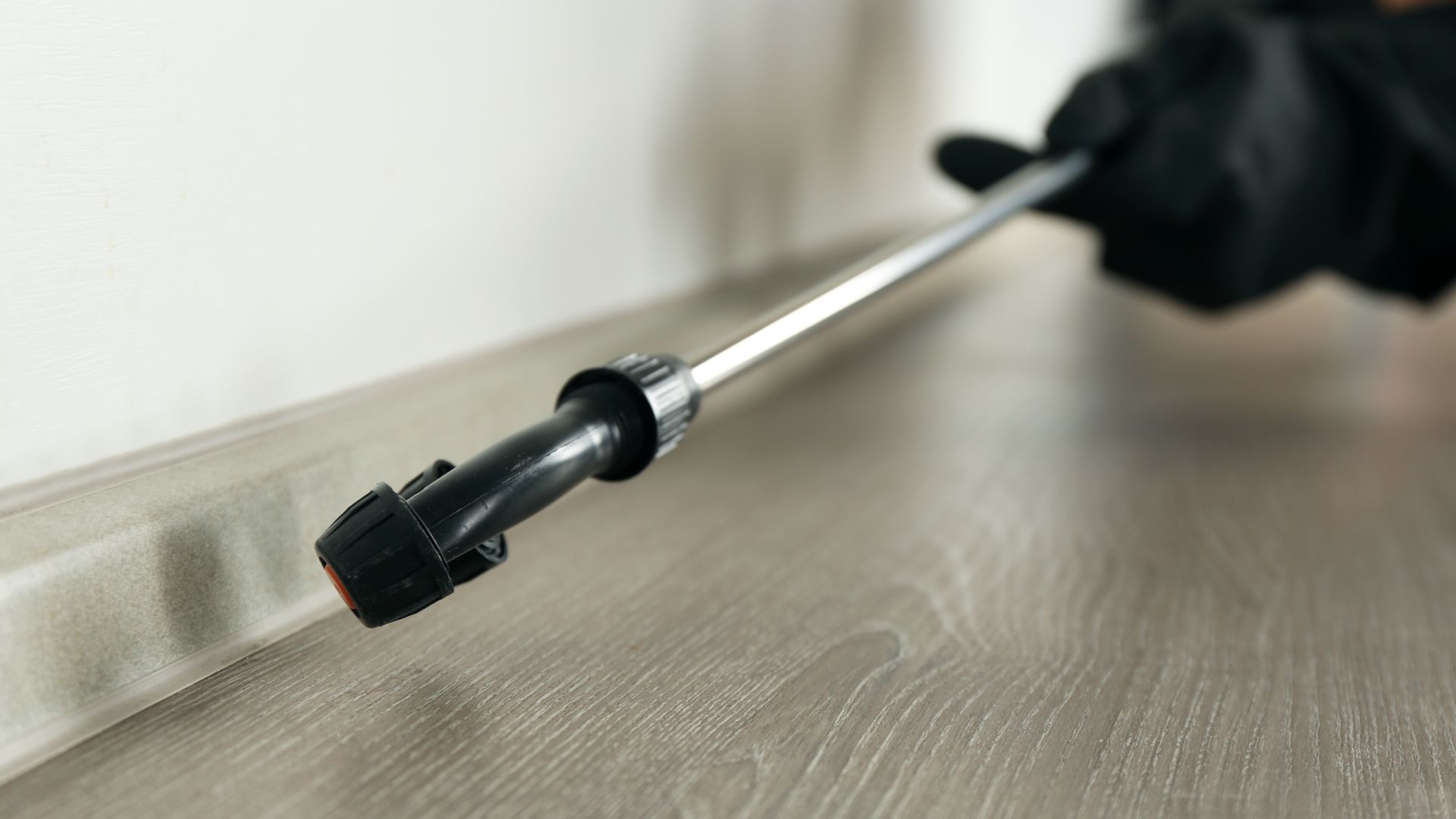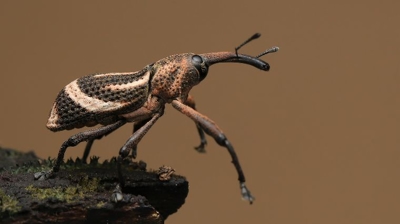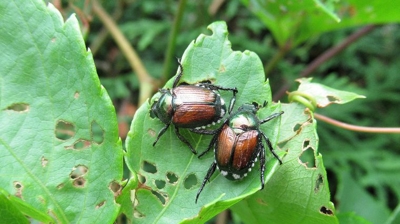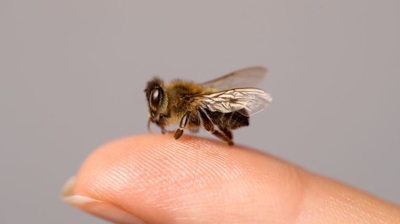
Spiders
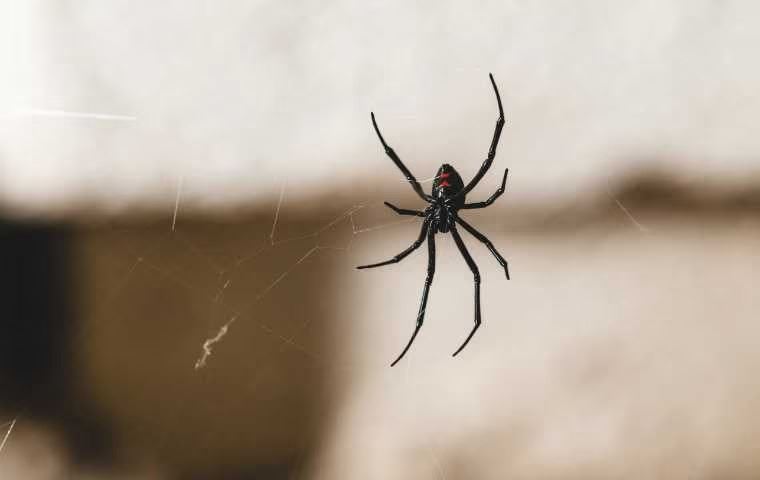
What Are Spiders?
Spiders are arachnids, belonging to the class Arachnida and the order Araneae. They are characterized by having eight legs, two body segments (the cephalothorax and abdomen), and specialized mouthparts called chelicerae, which often include fangs capable of injecting venom. Unlike insects, spiders lack antennae and have simple rather than compound eyes, though their vision varies widely among species.
Spiders are found on every continent except Antarctica and play a crucial role in ecosystems by controlling insect populations. They use silk, produced from specialized glands called spinnerets, for a variety of purposes, including building webs for catching prey, creating egg sacs, and forming shelters.
Are Spiders Harmful?
Spiders are often beneficial because they help control insect populations, but they can also be considered harmful in several ways:
- Venomous Bites – Some species, such as the black widow and brown recluse in North America, have venom that can cause serious medical issues, including pain, tissue damage, or systemic reactions. While most spider bites are harmless, some spider bites may require medical treatment.
- Allergic Reactions – Some people are allergic to spider venom, and for these people, even bites from non-dangerous species can cause severe reactions, including anaphylaxis. Additionally, spider webs and shed exoskeletons can trigger allergies in some sensitive individuals.
- Risk to Pets and Livestock – While rare, some venomous spiders can pose a threat to small pets and livestock, potentially leading to illness or even death if bites go unnoticed and untreated.
- Infestation Issues – While individual spiders are not typically a problem, certain species can reproduce quickly and become a nuisance, especially in homes, garages, and warehouses.
- Aesthetic Impact – Some spider species build large webs or nests in and around buildings, leading to aesthetic issues and requiring frequent cleaning. Their presence in large numbers can also indicate underlying insect infestations, as spiders thrive where food sources are abundant.
- Psychological Impact (Arachnophobia) – Many people suffer from an intense fear of spiders, known as arachnophobia. This fear can lead to panic attacks, anxiety, or avoidance behaviors that interfere with daily life.
Types of Spiders
There are many types of spiders, with over 40,000 species identified worldwide. Here are some of the main types of spiders:
- Banana Spiders: Banana spiders, also known as golden silk orb-weavers or Nephila spiders, are a group of large and striking arachnids belonging to the Nephilidae family. They are renowned for their impressive size, intricate webs, and distinctive golden silk, which gives them their common name.
- Black Widow Spiders: Black widow spiders are venomous spiders known for their glossy black color and distinctive red hourglass marking on the underside of the abdomen. They are typically small, with females being larger than males. Black widows spin irregular, tangled webs to capture their prey and are found in various regions around the world. Their venom can be potent, potentially causing severe symptoms in humans, although bites are relatively rare.
- Brown Recluse Spiders: Brown recluse spiders are medium-sized venomous spiders known for their violin-shaped markings on the cephalothorax. They are light brown to dark brown and have long, slender legs. Brown recluse spiders are reclusive, hence their name, and tend to hide in dark, undisturbed places. Their venom can cause tissue necrosis, and bites may lead to serious medical issues in some cases. They are primarily found in the southern and central United States.
- Brown Widow Spiders: Brown widow spiders are venomous arachnids characterized by their light to dark brown color and a series of orange, yellow, or white markings on their abdomen. They are medium-sized and have long, spindly legs. Brown widow spiders are less venomous than black widows but can still deliver painful bites. They are found in various parts of the world, including the southern United States, where they have become more common in recent years.
- Camel Spiders: Camel spiders, also known as wind scorpions or solifuges, are large, predatory arachnids found primarily in desert regions, including parts of the Middle East, North Africa, and the southwestern United States. Despite their intimidating appearance, camel spiders are not true spiders and do not possess venom. They have a distinctive, flattened body, long, powerful legs, and large chelicerae (jaws) used for capturing and consuming prey. Camel spiders are fast runners and can reach speeds of up to 10 miles per hour. They primarily feed on insects, small vertebrates, and even other arachnids. While they are not dangerous to humans, their bite can be painful due to the mechanical damage caused by their large jaws.
- Cellar Spiders: Cellar spiders are arachnids with small bodies and exceptionally long, delicate legs. They are typically light brown or gray and have a small, round abdomen. Cellar spiders are known for their habit of hanging upside down in tangled, irregular webs in dark and damp areas, such as basements or caves. They are not venomous to humans and are often considered harmless household spiders.
- Cobweb Spiders: Cobweb spiders, scientifically known as Theridiidae, are a diverse and widespread family of arachnids that belong to the order Araneae. This family is commonly referred to as "cobweb spiders" due to their characteristic three-dimensional, irregular, and tangled webs. These spiders are found on every continent except Antarctica, showcasing their adaptability to a wide range of environments and habitats.
- Common House Spiders: Common house spiders are small, light brown to gray arachnids with a rounded abdomen and long legs. They weave irregular, messy webs in corners and crevices of homes to catch prey. These spiders are generally harmless to humans and are common household spiders found worldwide.
- Crab Spiders: Crab spiders are small, often colorful spiders known for their sideways movement and their ability to resemble crabs. They have a flattened body and typically sit on flowers, waiting to ambush insect prey. Crab spiders do not build webs to catch prey; instead, they rely on camouflage and stealth.
- Daddy Long Legs Spiders: Daddy long legs, also known as harvestmen, are arachnids with long, spindly legs and a small, rounded body. They are not true spiders but are related. Harvestmen do not produce silk or venom, and they are not venomous. They are found in various habitats worldwide and are known for their distinct appearance and unique foraging behaviors.
- Fishing Spiders: Fishing spiders, also known as dock spiders or raft spiders, are large, aquatic arachnids known for their ability to hunt on the water's surface. They have long legs and are well adapted for capturing aquatic prey. Fishing spiders are found near ponds, streams, and other bodies of water and are known for their striking appearance and remarkable hunting skills.
- Funnel Web Spiders: Funnel web spiders are medium to large-sized arachnids with a distinct funnel-shaped web. They often hide in the narrow entrance of the web and rush out to capture prey that ventures near. These spiders are known for their potent venom and are found in various parts of the world. In some regions, certain species of funnel web spiders can be medically significant due to their bites.
- Grass Spiders: Grass spiders are small to medium-sized arachnids with long, thin legs and a cylindrical body. They build flat, funnel-shaped webs in grass and low-lying vegetation. These spiders are skilled hunters that wait at the mouth of their web tunnels to capture prey. Grass spiders are commonly found in grassy areas and gardens, and they are generally harmless to humans.
- Hobo Spiders: Hobo spiders are medium-sized brown spiders with a distinctive pattern on their abdomen. They are known for building funnel-shaped webs and are often found in homes and gardens. While once considered medically significant, their venom's toxicity to humans is now debated, and hobo spider bites are not universally considered dangerous.
- Huntsman Spiders: Huntsman spiders are large, fast-moving arachnids known for their long legs and flattened bodies. They are typically brown or gray and are commonly found in warm regions. These spiders are active hunters, using their speed and agility to capture prey. While their appearance can be intimidating, huntsman spiders are generally not harmful to humans.
- Joro Spiders: Joro spiders are large, striking arachnids with bright yellow bodies and distinct black patterns. They are orb-weaving spiders known for their impressive webs. Originally from Asia, they have become invasive in the southeastern United States. Their venom is not considered dangerous to humans.
- Jumping Spiders: Jumping spiders are small, compact arachnids with large, forward-facing eyes. They are known for their agility and impressive leaping ability. These spiders are active hunters, often stalking and pouncing on prey. Jumping spiders come in a variety of colors and patterns and are considered harmless to humans.
- Orb Weaver Spiders: Orb weaver spiders are arachnids known for building intricate, circular webs to capture flying insects. They have rounded abdomens and come in various colors and sizes. Orb-weavers are commonly found in gardens and wooded areas and are generally harmless to humans.
- Tarantulas: Tarantulas are large, hairy spiders known for their imposing size and appearance. They are found in various regions worldwide. While some species can have potent venom, they are generally docile and pose little threat to humans. Tarantulas are often kept as pets, and their large size and striking coloration make them intriguing arachnids.
- Wolf Spiders: Wolf spiders are robust, fast-moving arachnids with excellent eyesight. They are known for their hunting behavior and do not build webs. These spiders actively stalk and pounce on their prey. Wolf spiders come in various colors and sizes and are often found in grassy and wooded areas. They are generally harmless to humans.
- Yellow Sac Spiders: Yellow sac spiders are small, pale yellow to beige arachnids with long legs. They are known for building silken sacs as retreats and hunting from these shelters at night. Yellow sac spiders are found in various habitats and are generally considered harmless to humans.
Spider Appearance
Spiders exhibit a wide range of appearances due to the vast diversity of species, but they share some common characteristics that help distinguish them from other arachnids and insects. Here's what spiders generally look like:
- Body Structure: Spiders have two main body parts: the cephalothorax (head and thorax combined) and the abdomen. Their bodies are covered with a hard exoskeleton. Most species have a distinct, narrow waist called the pedicel that separates the cephalothorax from the abdomen.
- Legs: Spiders typically have eight long, jointed legs attached to the cephalothorax. These legs are often covered in fine hairs and may vary in length among different species.
Eyes: Spiders can have multiple eyes, often arranged in various patterns depending on the species. Some spiders have excellent vision, while others rely more on other senses like touch and vibrations. - Mouthparts: Spiders have specialized mouthparts called chelicerae, which may include venomous fangs used for hunting and defense.
- Silk-Producing Structures: Most spiders possess silk-producing glands located in their abdomen. They use silk for building webs, creating egg sacs, and other purposes.
- Coloration: Spider colors vary widely and can include shades of brown, black, gray, and various patterns such as stripes, spots, or vibrant colors, depending on the species.
- Size: Spider sizes can range from a few millimeters to several inches, with some of the largest spiders, like tarantulas, being quite substantial.
- Variation in Adaptations: Spiders exhibit an array of adaptations based on their lifestyles. For example, orb-weaving spiders are known for their circular, intricate webs, while wolf spiders are typically robust and well-camouflaged ground hunters. Jumping spiders are often characterized by their compact bodies and impressive leaping abilities.
Not all spiders look the same, and their appearances can be highly specialized to suit their ecological roles. Some spiders are masters of camouflage, while others may display warning colors to deter predators. Understanding the specific characteristics of a spider can often be essential for identifying its species and behavior accurately.
Learn more: What Do Spider Eggs Look Like?
Learn more: Do Spiders Fly?
Spider Habitats
Spiders can be found in a wide range of environments, but they tend to thrive in areas that provide shelter, food (insects), and a stable climate. The most common places where you are likely to encounter spiders include:
Inside Your Home:
- Basements & Crawl Spaces – Dark, damp, and rarely disturbed, making them ideal hiding spots.
- Attics & Storage Areas – Cardboard boxes, old furniture, and clutter provide shelter.
- Corners & Ceilings – Spiders build webs in room corners, behind furniture, and near windows.
- Bathrooms & Laundry Rooms – Moisture attracts certain spider species.
- Garages & Sheds – Dark spaces with little activity attract spiders looking for insects.
Outside & Around Your Property:
- Porches, Decks, & Patios – Spiders build webs near lights to catch flying insects.
- Gardens & Shrubs – Overgrown vegetation, mulch, and woodpiles provide hiding spots.
- Woodpiles & Stacked Items – Common places for spiders like the brown recluse to hide.
- Eaves, Roof Overhangs & Gutters – Web-building spiders often set up in sheltered outdoor areas.
- Under Rocks, Logs, & Debris – Ground-dwelling spiders seek out these hiding places.
If you're trying to prevent or control spiders, reducing clutter, sealing entry points, and keeping areas clean and dry can help minimize their presence.
Learn more: Why Do I Have A Spider Problem In My Home?
Learn more: What Attracts Spiders Into Your Home?
Learn more: Natural Spider Repellents
Spider Diet
Spiders are carnivorous and primarily feed on insects and other small arthropods. Their diet typically includes flies, mosquitoes, moths, beetles, crickets, and ants. Some larger spider species, such as tarantulas, can consume small vertebrates like lizards, frogs, and even small birds or rodents.
Spiders use their silk webs or hunting techniques to capture prey. Web-building spiders, like orb-weavers, trap insects in their sticky silk and inject venom to immobilize them before digesting them externally with enzymes. Hunting spiders, such as wolf spiders and jumping spiders, actively stalk and pounce on their prey.
A few specialized species have unique diets. For example, the Bagheera kiplingi, a type of jumping spider, primarily feeds on plant matter, making it one of the very few vegetarian spiders.
Learn more: What Do Spiders Eat?
Spider Life Cycle
The life cycle of spiders typically consists of several stages, from egg to adult. While there can be variations among different spider species, the following is a general overview of the life cycle of spiders:
- Egg Stage: The life cycle begins with the laying of eggs by the female spider. The eggs are usually enclosed in a silk sac, which may vary in size, shape, and color depending on the species. The female spider may guard or protect the egg sac to some extent, especially in species with maternal care.
- Spiderling Stage: After an incubation period, spiderlings hatch from the eggs. Spiderlings are tiny and undergo several molts to grow. These early stages are also known as instars. Spiderlings usually emerge with all their legs and body parts but are underdeveloped compared to adult spiders.
- Juvenile Stage: As spiderlings grow, they continue to molt, shedding their exoskeleton to accommodate their increasing size. The number of molts varies depending on the species. During this stage, the spiders develop more adult-like features and may begin to display species-specific behaviors.
- Sub-Adult Stage: After several molts, spiderlings progress to the sub-adult stage. They become more recognizable as miniature versions of adult spiders, with complete sets of legs and other characteristic features. At this point, they may also start displaying behaviors related to hunting and web-building, depending on their species.
- Adult Stage: Once a spider reaches maturity, it is considered an adult. Adult spiders are typically fully developed and capable of reproducing. Adult spiders engage in mating, and females may lay eggs to initiate the next generation's life cycle.
- Mating and Reproduction: Mating involves complex courtship rituals and behaviors, often including the transfer of sperm from the male to the female. The specifics of mating can vary greatly between spider species. After mating, the female may produce one or more egg sacs, each containing a batch of eggs. The female may provide some level of care for the eggs and spiderlings, which can include guarding the egg sac or even carrying spiderlings on her back in some species.
- Lifespan: Adult spiders have a limited lifespan that varies depending on the species. Some may live for a few weeks, while others can live for several years. Once they reach the end of their lifespan, adult spiders will die, often after producing and caring for the next generation.
The duration of each life stage, the number of molts, and the specific behaviors can vary significantly among spider species. Some spiders have more complex life cycles and behaviors, while others have simpler ones. Understanding the life cycle of specific spider species is crucial for researchers and enthusiasts interested in studying them in more detail.
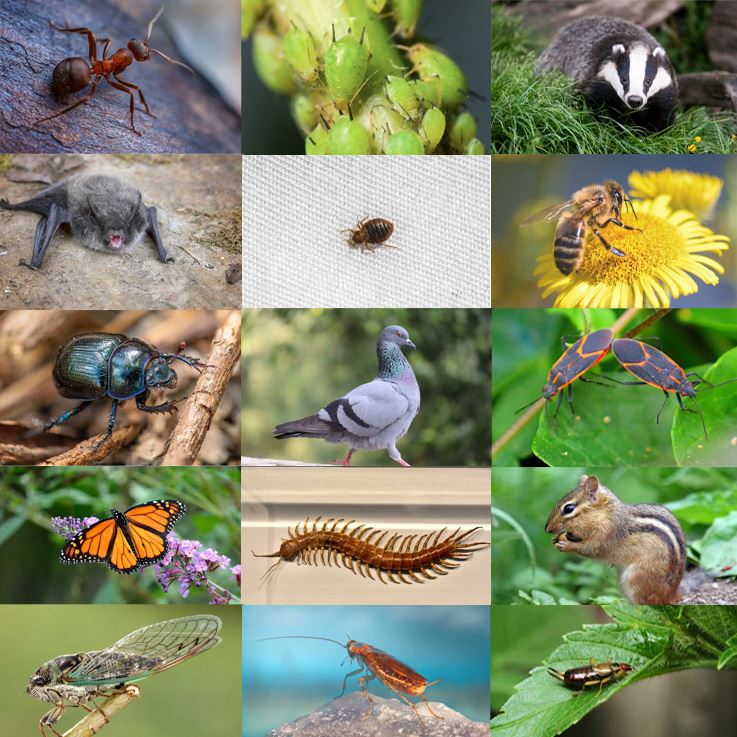

Hear From Our Happy Customers
-
"Exceeds Expectations"
I can’t say enough positive things about this company... The tech that came out, Jarvis went above and beyond my expectations. Thank you guys, I will continue using your services.
- Jake M. -
"Wonderful Service"
Wonderful service. Jarvis is great. Took care of everything I needed. Thank you!
- Henry P. -
"Great Communication"
Tech was on time, communication was great, and he accommodated my needs.
- Alonzo W. -
"Professional & Considerate"
I’m pleased with Miche services. Jarvis came today. Professional and considerate. Thank you!
- Judy B. -
"Very Knowledgeable"
The tech that arrived was courteous, professional, and very knowledgeable. He was Great.
- Uerial I. -
"Fantastic & Patient"
Jarvis was fantastic and patient. He answered my questions with an in-depth explanation and addressed all of my areas of concern. Would love for him to be my assigned tech going forward. Well done!
- Yonnette M.
